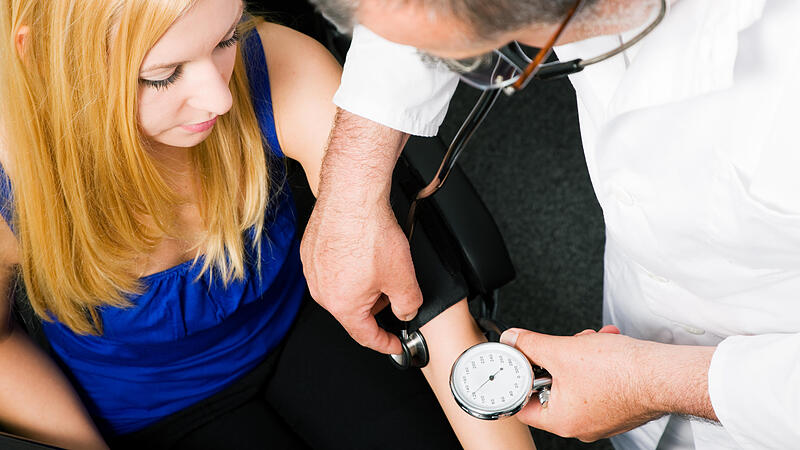Around 20 percent of male adolescents have high blood pressure, reports MedUni Vienna. The number of affected children and young people is increasing significantly, especially during puberty, alarming values are increasingly common, boys are affected three to four times more often. Reasons for hypertension at a young age that is not caused by illness are obesity, lack of exercise and increasingly chronic mental stress.
According to studies, the main cause is obesity: While primary hypertension occurs in 1.4 percent of normal-weight and 7.1 percent of overweight adolescents, the proportion in obese teenagers increases to 25 percent. “In particular, the abdominal fat associated with an increased abdominal circumference is associated with high blood pressure and early diseases of the cardiovascular system,” said Susanne Greber-Platzer, Head of MedUni Vienna’s Department of Pediatrics and Adolescent Medicine.
Lack of exercise leads to a threefold increased risk of hypertension. Even in childhood and adolescence, increasing long-lasting exposure to fear, pressure and stress are seen in connection with an increase in blood pressure.
Too much sugar and salt
Drinks containing sugar and foods rich in salt have a direct impact. In addition, rapid growth in height, which occurs particularly in boys during puberty, causes blood pressure to skyrocket. Preterm birth, low birth weight and genetic disposition can also play a further role.
For children under the age of 15, factors such as age, gender and height are taken into account when measuring high blood pressure. In adolescents from the age of 16, as in adults, values over 140/90 are considered hypertensive according to three independent measurements. If headaches, dizziness or nosebleeds occur again and again, you should see a doctor. Acute high blood pressure peaks, which can lead to confusion and seizures and even unconsciousness, are particularly dangerous.
Serious consequential damage
In the long term, without treatment, there is a risk of damage to the vascular walls and stress on the heart with consequential damage up to a heart attack or stroke in young adulthood. A screening from the age of three would be ideal as a countermeasure, said Greber-Platzer, with blood pressure measurements in children and adolescents at least every two years.
If the condition is caused by a disease (secondary hypertension), it must be treated appropriately. Type I diabetes mellitus, which occurs frequently at a young age, leads to high blood pressure in up to 15 percent of those affected.
Source: Nachrichten




